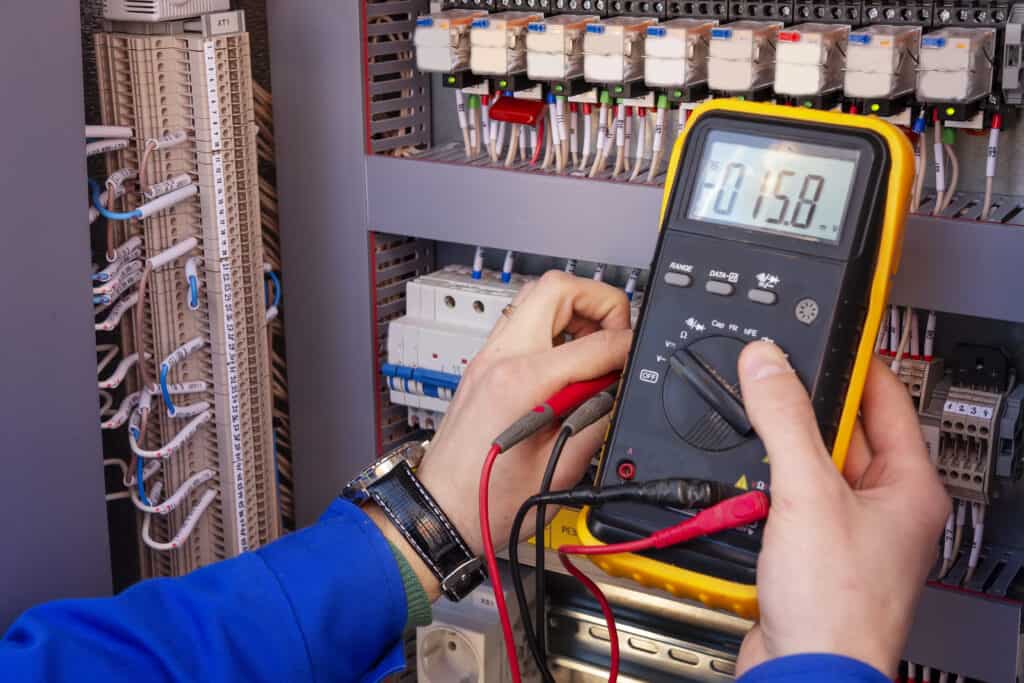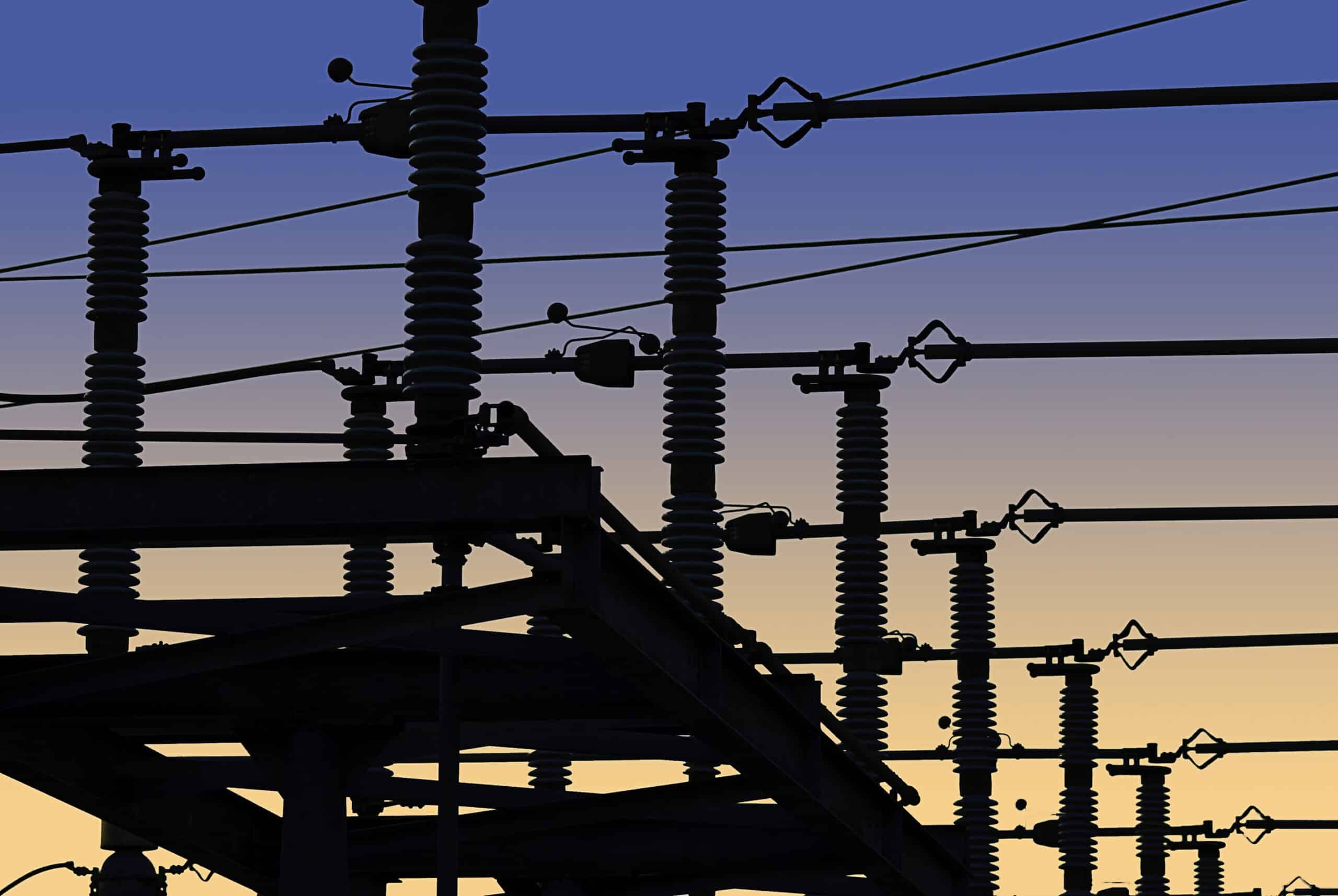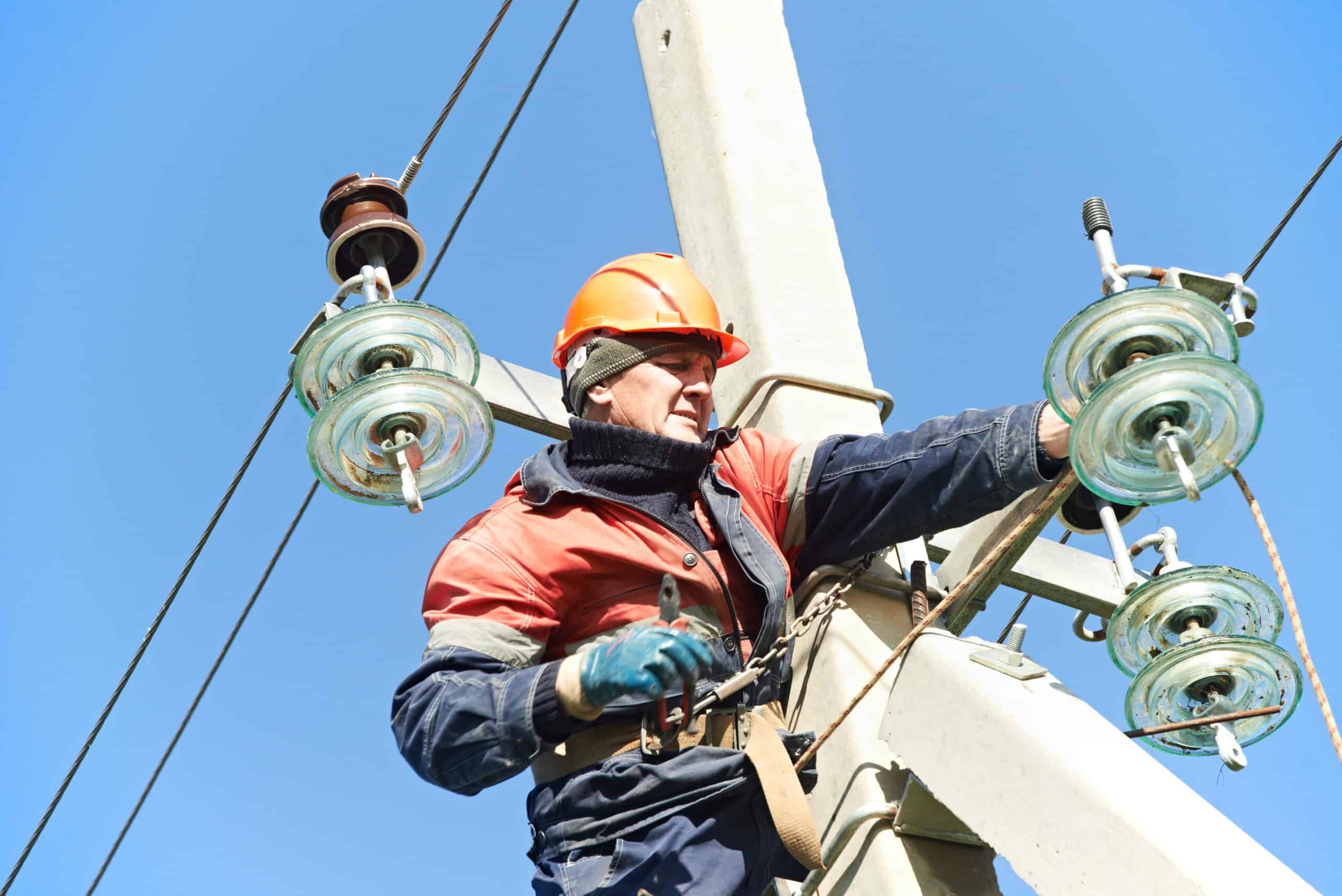In the ever-evolving field of commercial electrical contracting, choosing a reliable and innovative partner is crucial for any business. JMS has become a leader in this space, offering a range of cutting-edge solutions. Below is an in-depth FAQ that highlights why JMS is the top choice for commercial electrical contracting.
Table of Contents

What Sets JMS Apart in Commercial Electrical Contracting?
JMS stands out for its comprehensive approach to commercial electrical contracting. With a commitment to quality and innovation, JMS leverages new technologies and sustainable practices to deliver top-tier services. Their expertise spans communication systems, battery energy storage, solar solutions, and construction services, ensuring that all aspects of a project can be handled efficiently within the same company. This holistic capability ensures seamless project integration and reduces the complexity for clients, making JMS a preferred choice.
How Does JMS Ensure Quality and Innovation in Their Services?
JMS is dedicated to maintaining the highest standards of quality and innovation across all their services. Their team of skilled professionals is continually trained and updated on the latest industry trends and technological advancements. Whether it’s installing sophisticated communication systems or deploying cutting-edge battery energy storage solutions, JMS uses state-of-the-art equipment and methodologies. They focus on creating robust, efficient, and future-ready infrastructures tailored to the unique needs of each client.
Can JMS Handle Large-Scale Projects Efficiently?
Absolutely. JMS has extensive experience managing large-scale commercial electrical contracting projects, from inception to completion. Their proficiency in handling complex projects comes from a structured project management approach that emphasizes meticulous planning, execution, and monitoring. With a vast portfolio of successful projects, JMS has proven their ability to deliver on time and within budget, regardless of project size or complexity.
What Sustainable Solutions Does JMS Offer in Electrical Contracting?
Sustainability is at the core of JMS’s service offerings. They provide environmentally responsible options such as solar energy solutions and battery energy storage systems (BESS). Their solar services include consultation, installation, and maintenance, ensuring that businesses can harness renewable energy efficiently. The incorporation of BESS further enhances energy management by providing reliable backup power and helping to optimize energy consumption. JMS’s sustainable practices not only reduce the carbon footprint of projects but also offer clients significant savings on energy costs over time.
How Does JMS Excel in Communication Systems?
In a world where reliable communication is crucial, JMS excels by offering state-of-the-art communication system installations tailored to meet modern connectivity requirements. They specialize in integrating complex communication networks that enhance operational efficiency and collaboration within businesses. Whether it’s data cabling, fiber optics, or wireless solutions, JMS ensures robust and secure systems that support seamless communication.
Does JMS Provide Customizable Service Options?
JMS prides itself on offering highly customizable service options to meet the specific needs of each client. Understanding that each commercial project has unique requirements, they provide bespoke solutions that can be tailored to match diverse operational needs and budget constraints. JMS engages in comprehensive consultations with clients to design and implement solutions that align perfectly with their business objectives and future growth plans.
How Does JMS Address Safety in Their Projects?
Safety is paramount in every project undertaken by JMS. They adhere strictly to industry safety standards and implement rigorous safety protocols throughout all stages of a project. Their team is trained in safety best practices and utilizes top-of-the-line equipment to ensure a safe working environment. By prioritizing safety, JMS not only protects their workforce but also builds trust with their clients, reinforcing their reputation as a responsible and reliable contractor.
What is JMS’s Approach to Construction Services?
JMS offers a comprehensive suite of construction services that extend beyond traditional electrical contracting. Their approach emphasizes integrated solutions, ensuring seamless interaction between electrical systems and other construction elements. From the initial design phase through to construction and maintenance, JMS provides expertise that guarantees structural integrity, functionality, and aesthetic appeal. Their collaborative methods ensure all stakeholders are on the same page, smoothing out potential hurdles and facilitating project success.
How Does JMS Contribute to Energy Efficiency?
Energy efficiency is a critical component of JMS’s offerings. Their services, including advanced solar energy systems and BESS, focus on optimizing energy use and reducing consumption. By employing innovative techniques and technologies, JMS helps clients achieve significant improvements in energy efficiency, which translate into reduced operating costs and enhanced environmental sustainability.
Why Is JMS a Trusted Name in Commercial Electrical Contracting?
JMS has built a reputation as a trusted name in commercial electrical contracting due to its unwavering commitment to excellence, customer satisfaction, and innovation. Their comprehensive services, client-oriented approach, and proven track record in delivering high-quality projects on time and within budget solidify their standing as an industry leader. The trust and loyalty of their clients are testament to the exceptional value and reliability that JMS consistently provides.
In conclusion, JMS represents the pinnacle of commercial electrical contracting by offering diverse, sustainable, and innovative solutions. Their capability to manage large-scale projects, commitment to quality, and custom-tailored service options make them the ideal partner for any business looking to thrive in a rapidly evolving electrical landscape.



















